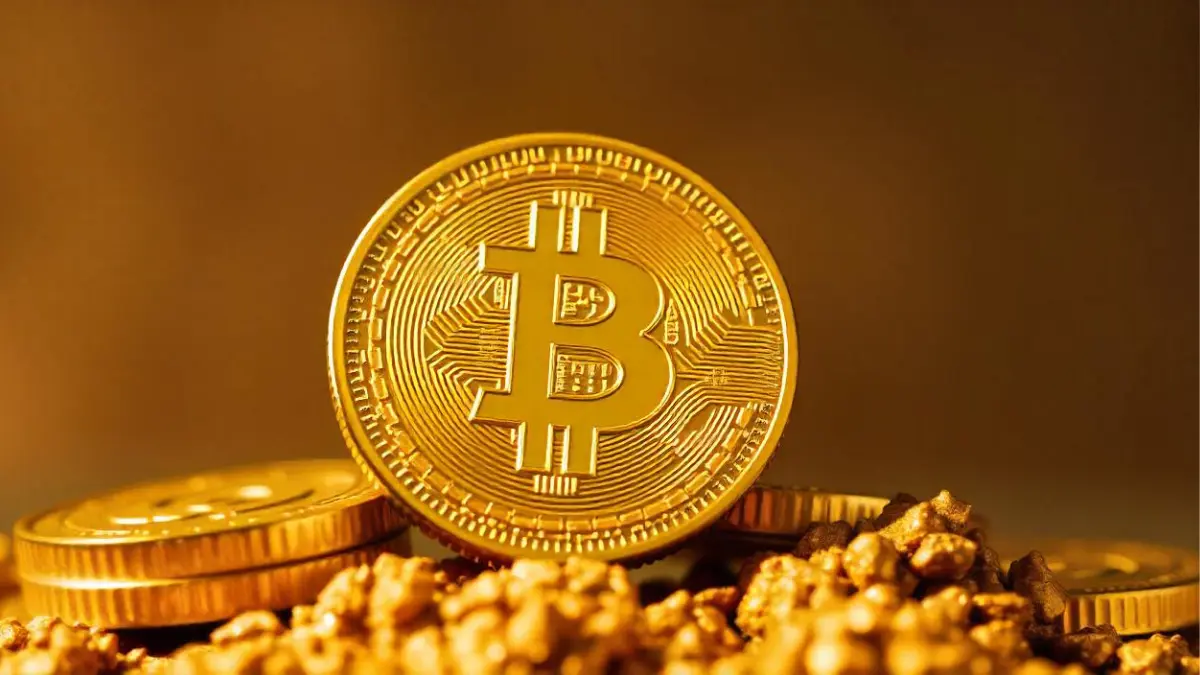Bhutan Moves $63 Million in Bitcoin to New Wallets
25.03.2025 11:00 1 min. read Alexander Stefanov
In an intriguing move, the Bhutanese government has made a significant transfer of Bitcoin, shifting $63 million worth to three separate wallets on March 24.
Bhutan, known for its abundant hydroelectric resources, has been utilizing this clean energy to mine Bitcoin since 2019. It wasn’t until September 2024, however, that Arkham uncovered the first wallet linked to Druk Holdings, the country’s investment arm.
Following the recent transactions, this wallet now contains a hefty $889.9 million in Bitcoin, which is roughly 30.7% of Bhutan’s GDP—calculated at $2.9 billion in 2023.
While Bitcoin remains a major component of Bhutan’s crypto reserves, it is not the sole focus. The Druk Holdings wallet also contains smaller amounts of Ether worth $334,580, alongside other lesser-known tokens such as LinqAI (LNQ), Phil (PHIL), and Apu Apustaja (APU). These diversified holdings reflect a broader strategic approach rather than an exclusive reliance on Bitcoin.
In recent months, Bhutan has been slowly transferring portions of its crypto assets from its main wallet to other addresses. Notably, $66 million worth of BTC was moved to Binance in October 2024. This, coupled with the small transfers of Bitcoin and Ether, suggests that the government is carefully managing its growing digital asset portfolio.
-
1
Bitcoin Nears Key Support Levels Amid Growing Market Uncertainty
10.06.2025 18:00 1 min. read -
2
Michael Saylor Urges Apple to Buy Bitcoin
11.06.2025 9:00 1 min. read -
3
Bitcoin Price Prediction: Can the Genius Act Push Bitcoin to $200K?
20.06.2025 22:52 3 min. read -
4
Strategy’s Michael Saylor Says Bitcoin’s Volatility Era Is Over
13.06.2025 8:00 1 min. read -
5
Bitcoin Struggles as Selling Pressure Mounts Amid Geopolitical Turmoil
13.06.2025 15:00 2 min. read
Strategy Boosts Bitcoin Holdings to 597,325 BTC with Latest Purchase
Bitcoin giant Strategy has added another 4,980 BTC to its reserves in a purchase worth approximately $531.9 million, according to Executive Chairman Michael Saylor.
Veteran Trader Peter Brandt Shares Simple Wealth Strategy with Bitcoin at Its Core
According to renowned market veteran Peter Brandt, trading isn’t the path to prosperity for the vast majority of people.
Why Bitcoin Is Stuck Despite Wall Street Demand
Charles Edwards, founder and CEO of Capriole Investments, has offered a fresh perspective on Bitcoin’s stalled price movement near the $100,000 mark, despite growing institutional enthusiasm.
Metaplanet Now Holds 13,350 BTC Worth $1.4 Billion
Metaplanet has expanded its Bitcoin treasury with a new acquisition of 1,005 BTC valued at approximately $108.1 million, further cementing its status as one of the largest corporate holders of the digital asset.
-
1
Bitcoin Nears Key Support Levels Amid Growing Market Uncertainty
10.06.2025 18:00 1 min. read -
2
Michael Saylor Urges Apple to Buy Bitcoin
11.06.2025 9:00 1 min. read -
3
Bitcoin Price Prediction: Can the Genius Act Push Bitcoin to $200K?
20.06.2025 22:52 3 min. read -
4
Strategy’s Michael Saylor Says Bitcoin’s Volatility Era Is Over
13.06.2025 8:00 1 min. read -
5
Bitcoin Struggles as Selling Pressure Mounts Amid Geopolitical Turmoil
13.06.2025 15:00 2 min. read


